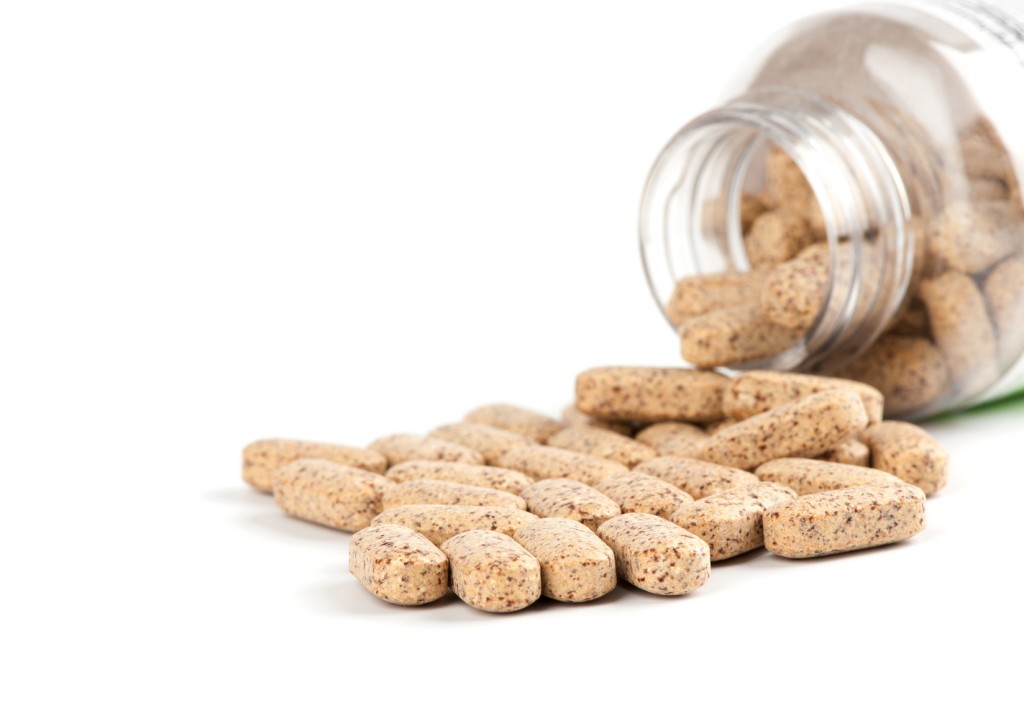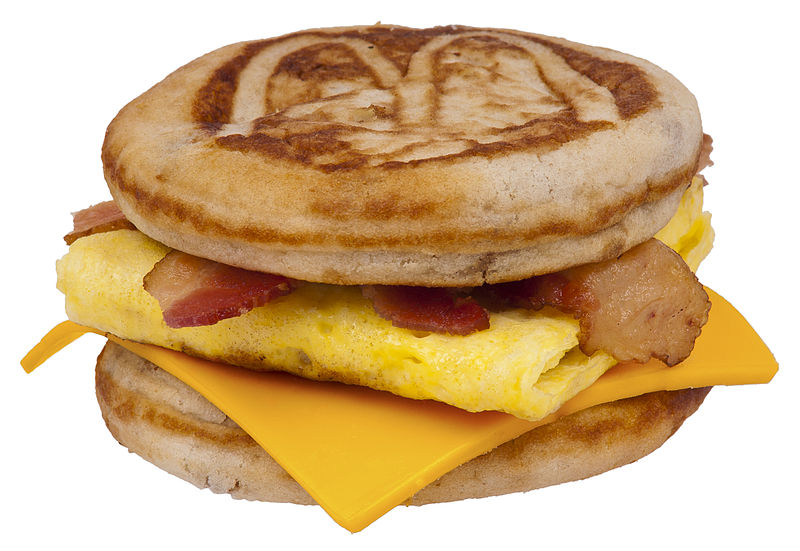Great ice cream! You can really taste the beaver butt!
Ingredient: Beaver secretions
Found in: Ice cream
Explanation: The male North American beaver marks its territory by urinating on things. Along with the urine, it secretes a liquid called castoreum, which gives off a sweet scent. Castoreum also enhances the intensity of vanilla flavor, which is why this extract, made in the beaver’s anal glands, is used to flavor vanilla ice cream. (It’s not listed in the ingredients—it’s one of the “natural flavors.”) Trappers harvest the scent glands and sell them to additive companies.
Ingredient: Pepper juice
Found in: Healthcare products
Explanation: Oleoresin capsicum is the active ingredient in pepper spray—when you spray the stuff in a bad guy’s eyes, oleoresin capsicum is what makes his eyes burn, swell, and redden. That same ingredient is present in personal products that create a warming sensation to let you know they’re working, like pain and itch creams.
Ingredient: Sheep oil
Found in: Multivitamin tablets
Explanation: If you take a multivitamin supplement that contains Vitamin D3—and most commercially available adult vitamins do—you’re also consuming a byproduct of wool. The vitamin contains a chemical called cholecalciferol, a derivative of lanolin, a waxy oil that is extracted from sheep’s wool.
Ingredient: Insect attractant
Found in: McDonald’s cilantro-lime and orange glaze dressings
Explanation: These salad dressings and sandwich glazes contain propylene glycol alginate. It’s considered safe for human consumption in small doses…but it’s illegal to use in cat food, because the FDA doesn’t think it’s safe for cats. Propylene glycol is also used as an agent in bug traps because it both attracts and traps beetles.
Ingredient: Sunscreen
Found in: Salad dressings
Explanation: Burger King’s Fat Free Ranch Dressing and Wendy’s Low Fat Honey Mustard Dressing both contain titanium dioxide. It has several commercial uses: In salad dressings it’s used to create an appetizing, creamy-white color; in beauty products, it’s used as a sunblock.
Ingredient: Nuts
Found in: Artificial fire logs
Explanation: If you have a peanut allergy, you might want to stay away from light-and-burn artificial fireplace logs. The composite quick-burn material contains peanut shells and skins, which burn and become airborne in the smoke, and then can be inhaled.
Ingredient: Animal fat
Found in: Those ubiquitous thin plastic shopping bags
Explanation: Plastic grocery bags are manufactured with an innate slipping agent to reduce friction, allowing the bags to be grabbed easily and opened without sticking to each other or themselves. What makes the best slipping agent? Animal fat.
Ingredient: Hair remover
Found in: McGriddle sandwiches
Explanation: Both the maple syrup-flavored “griddle cakes” and the egg patty of this breakfast sandwich contain sodium acid pyrophosphate. Generally regarded as safe by the FDA, it’s used to maintain color and moisture in protein-heavy products (like eggs) and acts as a cheap alternative to yeast in manufactured baked goods: Coupled with baking soda, it makes bread rise. Elsewhere, sodium acid pyrophosphate aids the removal of hair, dandruff, and feathers in hog and poultry processing. It’s also an effective stain remover, particularly when applied to leather goods.













